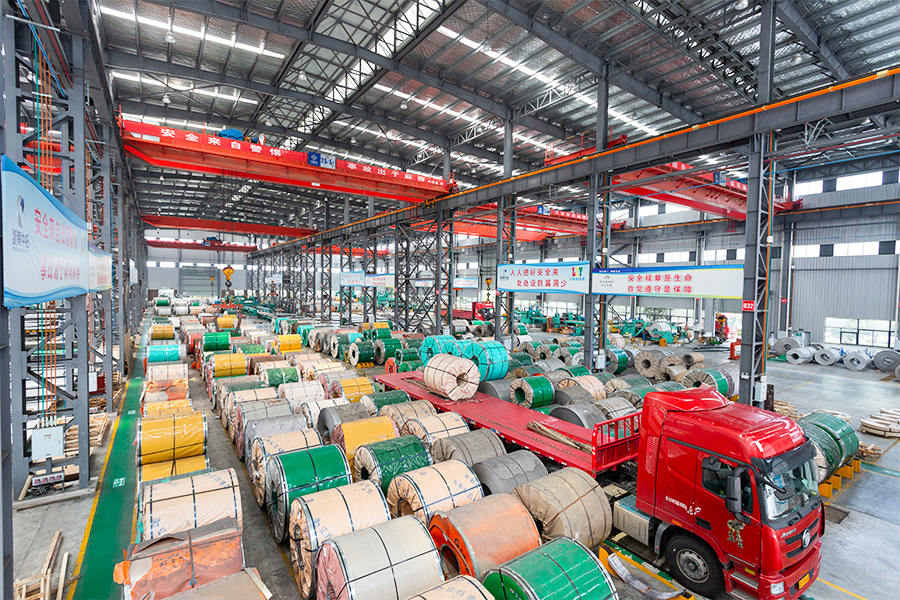In the world of stainless steel, heat treatment is like putting a magic coat on the metal. It can significantly change the mechanical properties of stainless steel coils. For manufacturing, it is crucial to understand the changes in stainless steel coils during different heat treatments.
Heat treatment refers to the process of heating and cooling to change the microstructure of metal to improve its mechanical properties. For stainless steel coils, common heat treatment methods include annealing, quenching and tempering. Each method has its specific process conditions and effects. Next, we will analyze the effects of these heat treatment methods on stainless steel coils one by one.
Annealing is a process in which stainless steel is heated to a specific temperature, kept warm, and then cooled slowly to eliminate internal stress and improve the plasticity and toughness of stainless steel. Research shows that the yield strength and tensile strength of annealed stainless steel coils can be increased by 15% to 30%. In addition, annealing can also improve the processing properties of stainless steel, making it easier to form during subsequent processing.

Quenching is a process in which stainless steel is heated to a high temperature and then cooled rapidly. Its main purpose is to increase the hardness of the material. However, the brittleness of stainless steel also increases after quenching, which can easily cause the material to break. To overcome this shortcoming, tempering is often performed. Tempering refers to heating the quenched stainless steel to a lower temperature, keeping it warm, and then cooling it to reduce brittleness and improve toughness. After quenching and tempering, the hardness of stainless steel coils can be increased by more than 50% while maintaining good toughness.
In addition to the common heat treatment methods mentioned above, there are also some special processes, such as nitriding and carbonization, which are designed to improve the wear resistance and corrosion resistance of stainless steel. These special treatments form a hardened layer on the stainless steel surface, allowing it to perform well in high-wear and corrosive environments. For example, the surface hardness of nitrided stainless steel coils can be increased to above HRC 60, which greatly extends the service life.
The mechanical properties of stainless steel coils are significantly affected by the heat treatment process. By choosing a proper heat treatment method, manufacturers can tailor the strength, toughness and wear resistance of stainless steel to their needs. This process not only improves the overall performance of stainless steel, but also lays a solid foundation for applications in various industries. Faced with the changing characteristics of stainless steel coils, we might as well regard them as a chameleon in the metal world, worthy of our in-depth exploration and research.


 English
English русский
русский عربى
عربى 中文简体
中文简体
